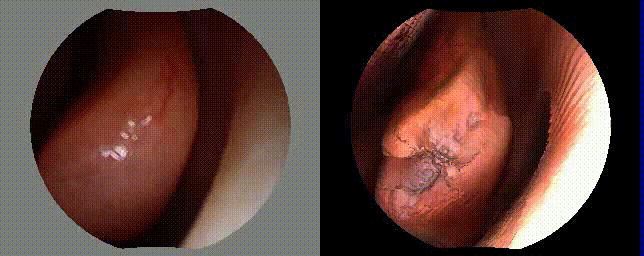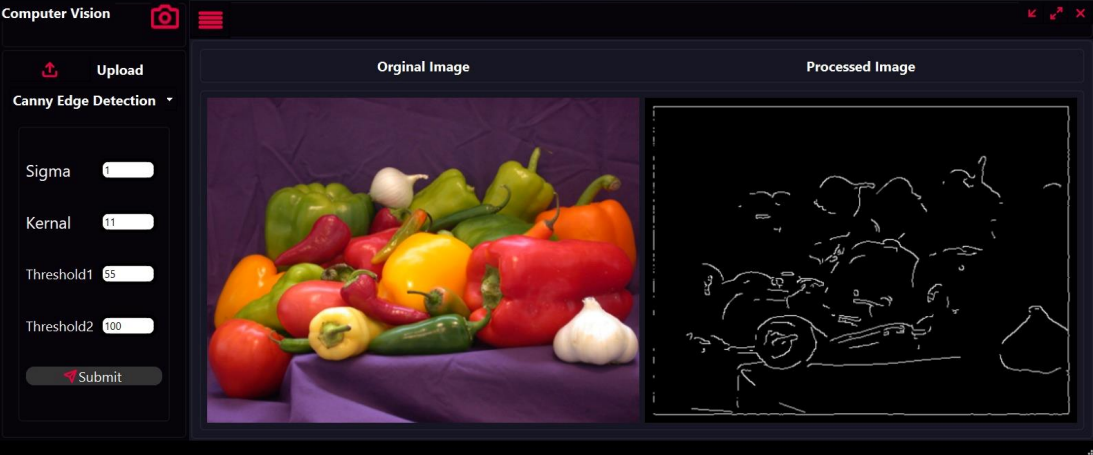About me
I am Abdelrahman Kamal, I am a multi-skilled Biomedical Software Engineer with a passion for creating apps and innovative solutions at the intersection of technology and healthcare.
Currently, I am pursuing a BSc in Systems and Biomedical Engineering at Cairo University, where I have gained a solid foundation in software development,medical devices and Currently learning more about virtual Reality(VR) , AI and deeplearning and medical Visualization and simulations.
Over the past few years, I've had the opportunity to work in various roles, from a Frontend Development internship, where I honed my skills in making landing pages, web design and version control, To MEAN stack web developer internship at NTI the National telecommunication Institute in Egypt.
I am a fast learner, adaptable, and team player. I am always eager to take on new challenges and am passionate about leveraging technology to solve real-world healthcare problems by developing software and AI solutions .
I am committed to delivering high-quality, impactful
solutions.Let's connect and explore how we can collaborate
to create innovative technology solutions that make a difference in the world!
Skills
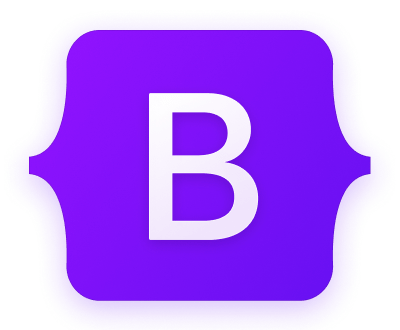
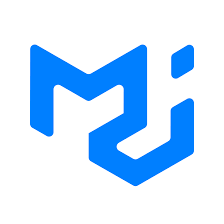

Featured projects
Live-Multichannel-Signal-Monitor
This PyQt-powered application serves as a real-time vital sign monitoring system. It features a polished user interface that offers an intuitive platform for visualizing and analyzing vital signals.
This tool
empowers users to effortlessly navigate through a
diverse array of signals, extracting pertinent
information from each,
and even provides the flexibility
to fine-tune them to precise specifications, delivering
a tailored and insightful outcome.
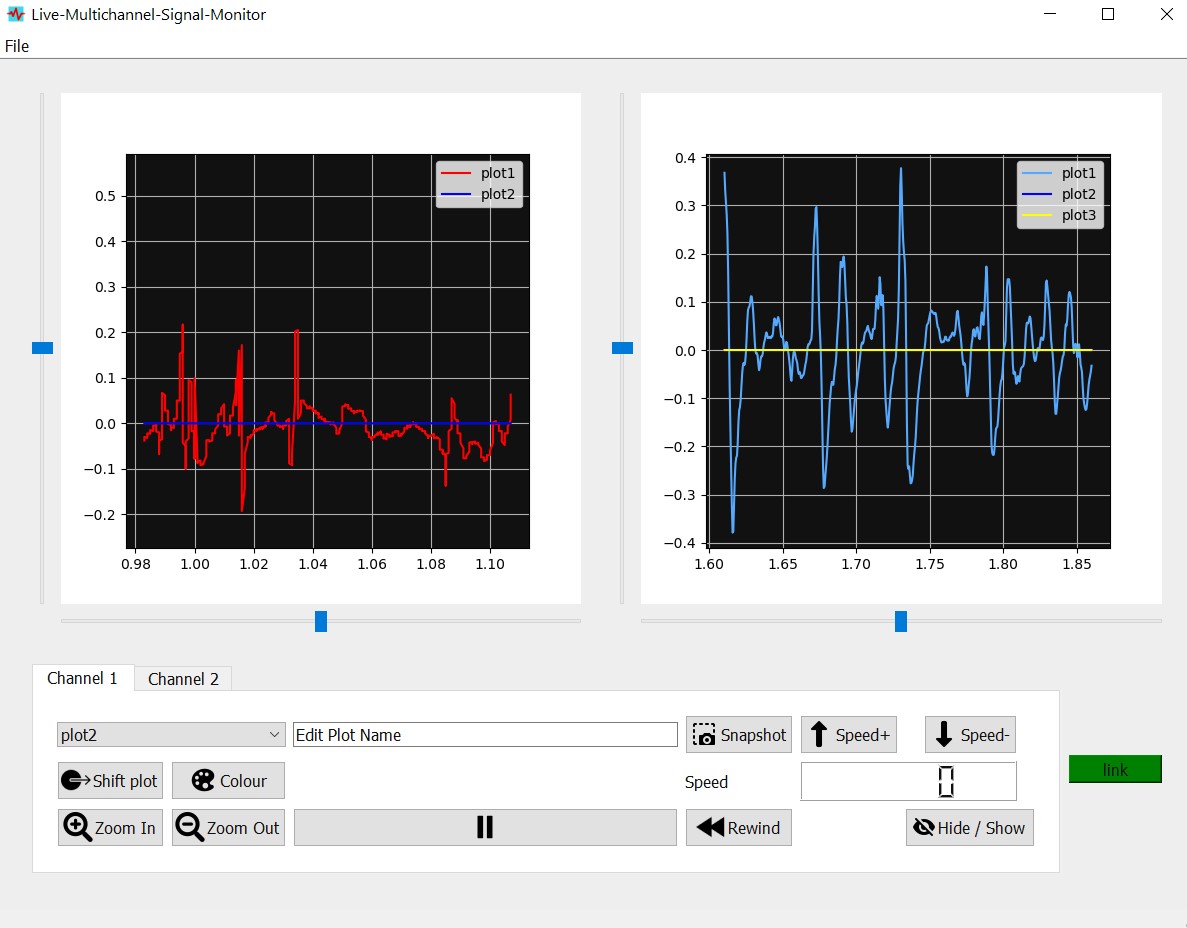
Real-time Medical Data Monitoring System
This system is designed to simulate the communication between a
medical device (client) and a server application, storing and
visualizing vital sign data in real-time. The system comprises three
main components:
1. Client (Medical Device Simulator): Simulates a
medical device generating vital sign data and sending it to the
server.
2. Server: Listens for incoming connections from client
devices, stores the received data in a Redis database.
3. GUI (Data
Visualization): Provides a user-friendly interface to visualize and
search for patient vital sign data stored in Redis.

